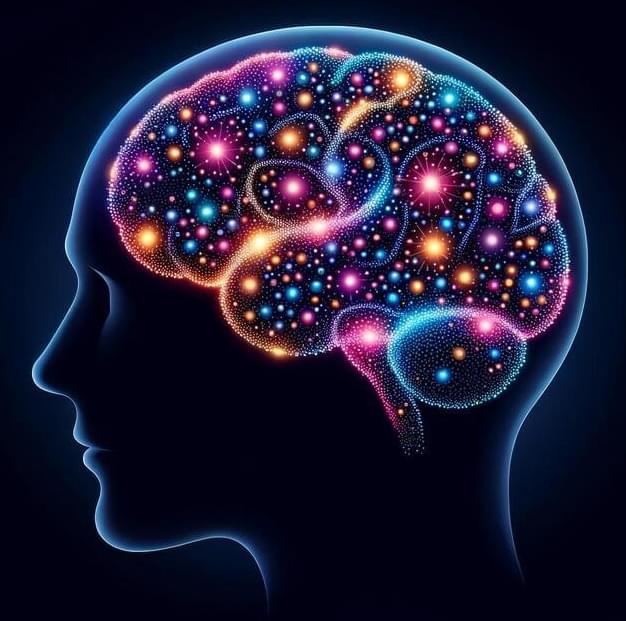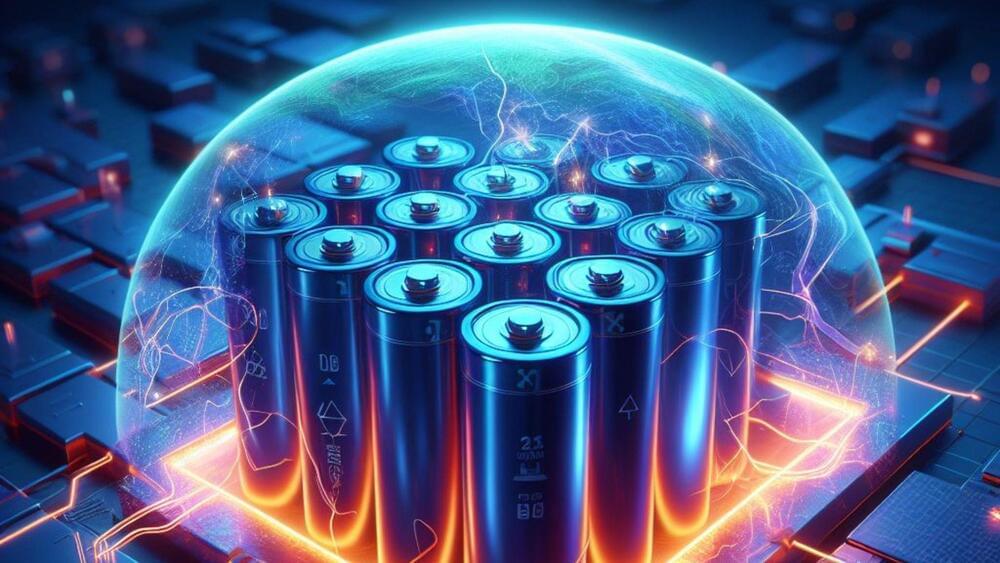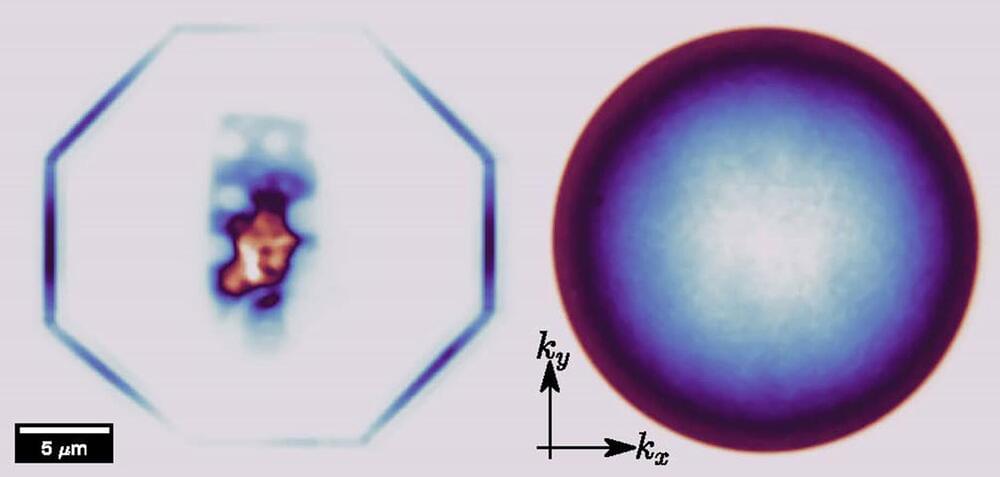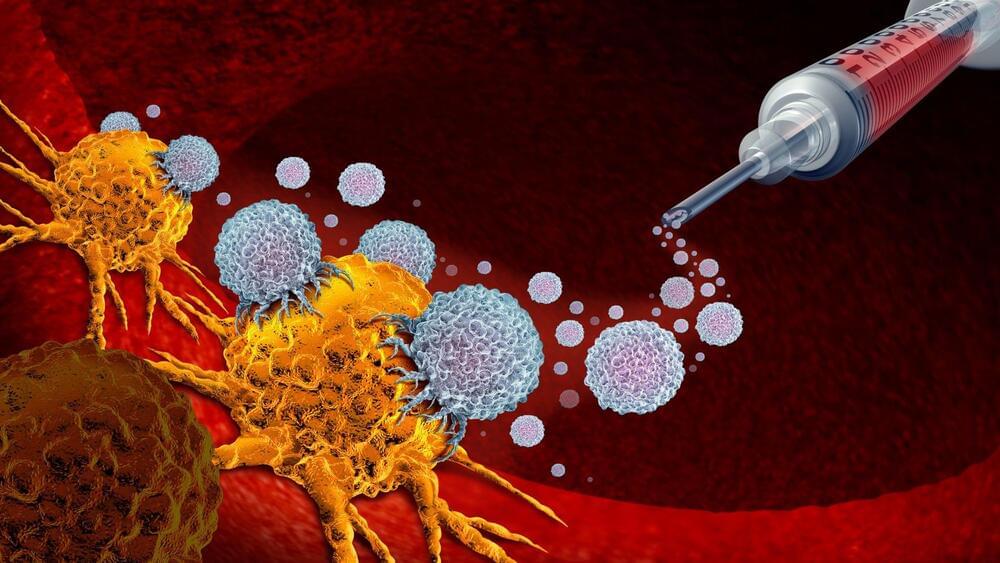Both models are set to arrive by 2030
By Paul Horrell | 2 days ago.


American Amber Pearson used to wash her hands until they bled, terrified by the idea of contamination from everyday items, a debilitating result of her obsessive compulsive disorder (OCD).
But the repetitive rituals of her condition are largely consigned to memory, thanks to a revolutionary brain implant that is being used to treat both her epilepsy and her OCD.
“I’m actually present in my daily life and that’s incredible,” the 34-year-old told AFP.

Dr. Richard Naud’s research at the University of Ottawa holds important implications for understanding learning and memory theories, and it may pave the way for advancements in artificial intelligence in the future.
The mysteries of the human brain’s internal mechanisms are slowly being uncovered, and a significant new study led by Dr. Richard Naud from the Faculty of Medicine at the University of Ottawa is bringing us nearer to solving these profound questions.
The study’s results have important implications for theories of learning and working memory and could potentially help lead to future developments in artificial intelligence (AI) since AI developers and programmers watch the work of Dr. Naud and other leading neuroscientists.

Sept 22 2016.
An atom is about 10^−10 m in size.
The next smallest thing in nature is the nucleus, which is about 100,000 times smaller, i.e., 10^−15 m in size — a femtometer, or “fermi.” A nucleus is composed of protons and neutrons (i.e., “nucleons”), which we now know are composed of 3 quarks, which are bound (“glued”) together by massless (photon-like) particles called “gluons.”
Hence if one wanted to start thinking about a possible femtotech, one would probably need to start looking at how quarks and gluons behave, and see if these behaviors might be manipulated in such a way as to create a technology, i.e., computation and engineering (building stuff).


As we get closer to the official debut of Rivian’s more affordable R2, we are finally getting a better idea of what to expect. After teasing the model for the first time yesterday, Rivian’s R2 was reportedly spotted filming in downtown LA shortly after.
Rivian opened the R2 website yesterday, teasing the first look at the new EV in an intro video. The new EV will be revealed on March 7 at its new flagship Laguna showroom.
Although Rivian teased the new model leading up to its highly anticipated debut, we have yet to see what it looks like in full, until now. A patent filed by Rivian last month revealed a more compact electric SUV than the R1S with slightly smaller headlights.


The U.S. Naval Research Laboratory (NRL), in collaboration with Kansas State University, has discovered slab waveguides based on the two-dimensional material hexagonal boron nitride. This milestone has been reported in the journal Advanced Materials.
Two-dimensional (2D) materials are a class of materials that can be reduced to the monolayer limit by mechanically peeling the layers apart. The weak interlayer attractions (van der Waals attraction) allow the layers to be separated via the so-called “Scotch tape” method.
The most well-known 2D material, graphene, is a semimetallic material consisting of a single layer of carbon atoms. Recently, other 2D materials including semiconducting transition metal dichalcogenides (TMDs) and insulating hexagonal boron nitride (hBN) have also garnered attention. When reduced near the monolayer limit, 2D materials have unique nanoscale properties that are appealing for creating atomically thin electronic and optical devices.


University of Melbourne researchers are leading a new push to address the growing harm of antimicrobial resistance (AMR) as more humans and animals become seriously ill or die from infections that medicine once treated easily.
Over-use and misuse of microbe-killing drugs – including antibiotics, antivirals and antifungals – is the main driver accelerating the evolution of resistance to these drugs in bacteria, viruses, fungi and parasites around the world.
The World Health Organisation calls AMR a top global public health threat that was directly responsible for 1.27 million deaths and contributed to 4.95 million deaths in 2019.